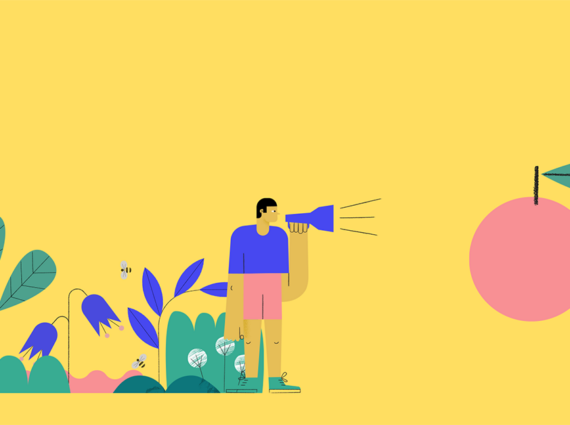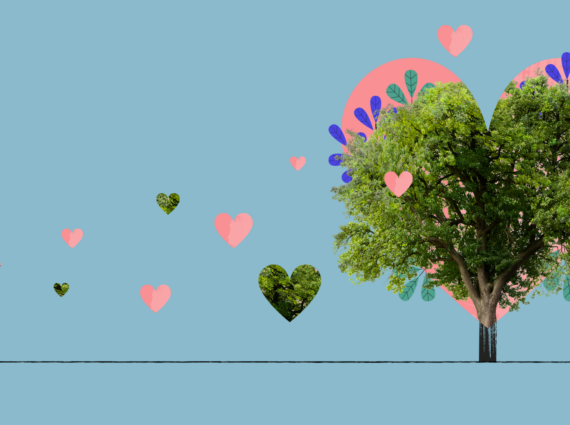When fall rolls around, the ground is covered with a carpet of colourful leaves. In gardens, this can be a time for intensive raking or… piling up of leaves. Now you can put the rake away permanently. Piles of leaves give shelter to many useful insects, birds, and animals, including hedgehogs, squirrels, ladybugs, grape snails, blackbirds, wood buzzards, mice, beetles, butterflies, newts, and salamanders. How many wonderful tenants are these, and none of them will occupy your bathroom for hours!
Piles of fallen leaves are a great shelter for these creatures, thanks to the fermentation processes that take place underneath the loose leaves and raise the temperature inside the pile. This creates ideal conditions for the little ones to spend the winter there.
Hedgehogs gather special fat reserves in November – they even double their weight! Thanks to this, they can fall asleep really deep, i.e. fall into hibernation. Such a hedgehog should not be woken up… especially with a rake. It can be dangerous for it. The situation won’t be fixed even with the best coffee, so better leave it for your own winter morning.
Fallen leaves can bring even more benefits to your garden. Along with seeds and twigs, they form mulch that keeps the soil from drying out. They also contribute to the formation of humus: an important organic component of soil. It is a natural fertilizer which will support the growth of grass and flowers the following year. If you dispose of leaves, precious nutrients are taken out of the ecosystem. Simply by leaving leaves on the ground, you help complete the natural cycle.
If some plants in your garden don’t tolerate this leafy cover, you can make sure to remove it with only little disturbance to the environment. If you rake only some leaves, hedgehogs and other creatures will still find shelter in your garden. You can pile the raked leaves under a tree to form mounds. This will protect not only the animals, but also the tree roots.
You can also use the leaves – especially of oak, beech, hornbeam or maple – to make compost soil which is rich in carbon compounds. This makes it ideal for growing low-maintenance ornamental plants and for mulching vegetable beds and flowerbeds. You make compost earth in a normal composter without a bottom. Just throw leaves into the composter, together with fertile earth or mature compost, and create layers. This speeds up the composting process. Sprinkle a bit of earth on top and cover everything with non-woven fabric. After about a year the compost will be ready, and in the meantime it will certainly attract many beneficial insects and animals.





